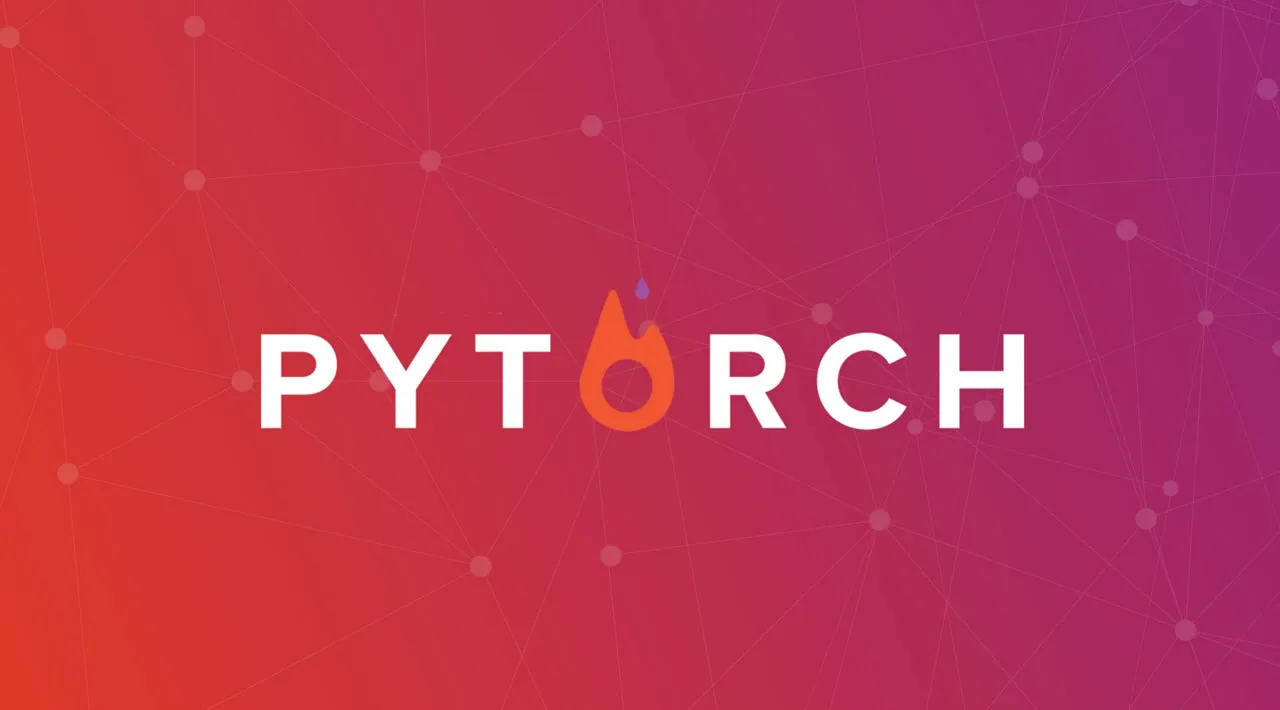PyTorch Developer Day 2020 went virtual this year, due to the coronavirus outbreak. Yet the quality of the annual event was, as expected, of a high standard. Among the many announcements, the team revealed its plan for the next three years and in this story, we’re going to summarize the key points
PyTorch started its humble journey in 2016 and quickly became the go-to tool for Deep Learning researchers. However, PyTorch is much more than a mere prototyping tool today. It has grown into a fully-fledged production-ready framework, that is expanding its fanbase in the business sector.
And that is exactly the goal of its creators and maintainers; become the defacto standard in both academia and industry. Researchers and Machine Learning engineers should be able to run PyTorch efficiently for local Jupyter servers to Cloud Platforms, and from multi-node GPU clusters to smart devices on the edge. At the same time, PyTorch abides by some core principles:
- It should remain flexible and facilitate rapid experimentation for researchers
- It should be efficient, performant, reliable and scalable for production
- It should cater towards users’ needs
These points are not always easy targets. For example, production systems tend to overfit established norms, trying to become stable and reliable. On the other hand, researchers need to break customary cycles to advance the field.
That being said let’s go through the announcements step-by-step.
#machine-learning #programming #artificial-intelligence #pytorch #python
